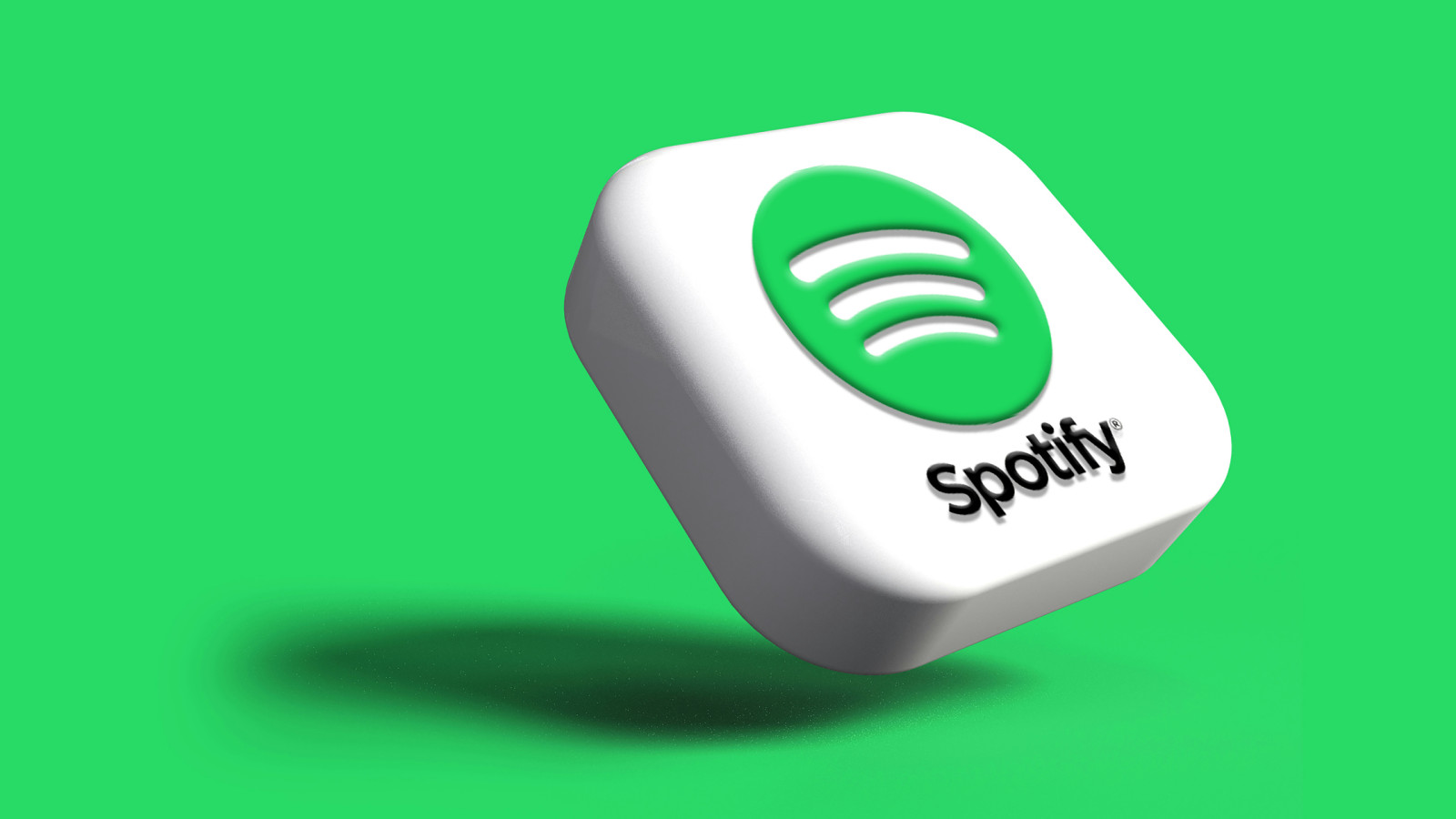Why Spotify only hit profitability now (but will do so again)

Photo: Rubaitul Azad

Spotify finally registered its first profitable year in 2024. It has hit net profit in individual quarters before – most recently in Q3 2023 – but this is the first year it was profitable throughout the year. Many are viewing this as an indicator that the streaming market is now fully functioning as a sustainable sector. While that is partly true, Spotify’s net profit is a reflection of its business strategy and its growing power and influence over the music business.
Why did it take Spotify so long to become profitable?
There are two key groups of reasons why it took Spotify so long to generate a full year of net profit:
Featured Report
Q3 2024 music metrics Maturation effect
This report presents MIDiA consumer data for key music consumer behaviours and company financials for Q3 2024.Consumer data covered includes, streaming app usage, music behaviour and streaming activities....
Find out more…Growth
CEO Daniel Ek and Spotify were very clear for many years that their priority was growth. It took Spotify so much time and money to deliver this growth phase because it was simultaneously growing its business and making the streaming market happen. When Spotify passed the 50 million subscriber mark (Q1 2015) streaming was just 15% of the global recorded music business. Spotify not only had to build its own brand, it had to educate an entire customer base about the benefits of streaming. It was the ice breaker that cut the path through which Apple, Amazon, YouTube, and co could follow. Spotify also had to spend on much more than just marketing and branding. It invested in new territories (international expansion) and free trials (user growth) – the latter were free to users, but Spotify still had to pay rightsholders. And of course, Spotify invested in new formats (podcasts, audio books, video – more on that later).
Gross margin
With ~70% of revenue allocated for music rightsholders, Spotify had a ~30% gross profit range from which to generate net profit. That does not leave huge room for manoeuvre, especially as the ~70% was largely fixed. In most businesses there is margin wiggle room, where you can negotiate better costs by playing suppliers off each other. That is not the case with music – at least not in broad terms – but Spotify has found innovative ways around this. In previous years it negotiated royalty discounts based on meeting specific growth targets. It also, more recently, signed new deals with UMG and WMG that, among various other things, codify Spotify’s ability to sell bundled subscriptions. According to UMG (via Music Business Worldwide) this includes “different economic treatment for music and non-music content”. Which means Spotify will get a discount on its music rights in respect to the non-music part of those subscriptions. UMG states this deal will “drive greater monetization for artists and songwriters” and pockets the win of codifying its ‘artist centric’ two tier licensing framework. However, Spotify is less concerned about which rightsholders get music royalties and more about how much its total royalty bill is. In the long term, Spotify may well end up benefiting more from the bundle precedent than the majors do from the ‘artist centric’ precedent. Whatever the future, Spotify has worked out a path to even better profitability in 2025. Finally, perhaps the most genius gross margin move Spotify pulled off was the launch of Discovery Mode, where rightsholders forgo 30% of their royalties in return for better algorithmic treatment. When a label uses Discovery Mode, Spotify gets an extra 17% of gross margin. Crucially, with Discovery Mode, Spotify has reversed the cost equation polarity, turning part of a cost centre into a profit centre.
Crucially, in a virtuous-circle process, Spotify has used its ever-growing subscriber base and royalty payments to nudge through a succession of individually small, but collectively large changes, which give it more power and influence.
If we were to turn back the clock to the start of the decade, it would have been nearly inconceivable that Spotify would be charging labels to reach their listeners and reducing their royalties they get paid in favour of non-music formats. This is where you can get to by driving change one small step at a time, so that the bigger picture sneaks up on you. As C.S. Lewis (or perhaps Calvin and Hobbes!) said “Isn't it funny how day by day nothing changes but when you look back, everything is different.”

The discussion around this post has not yet got started, be the first to add an opinion.